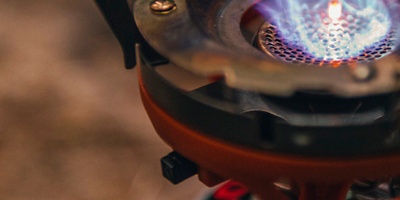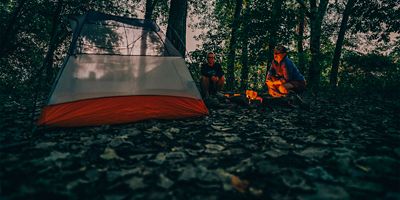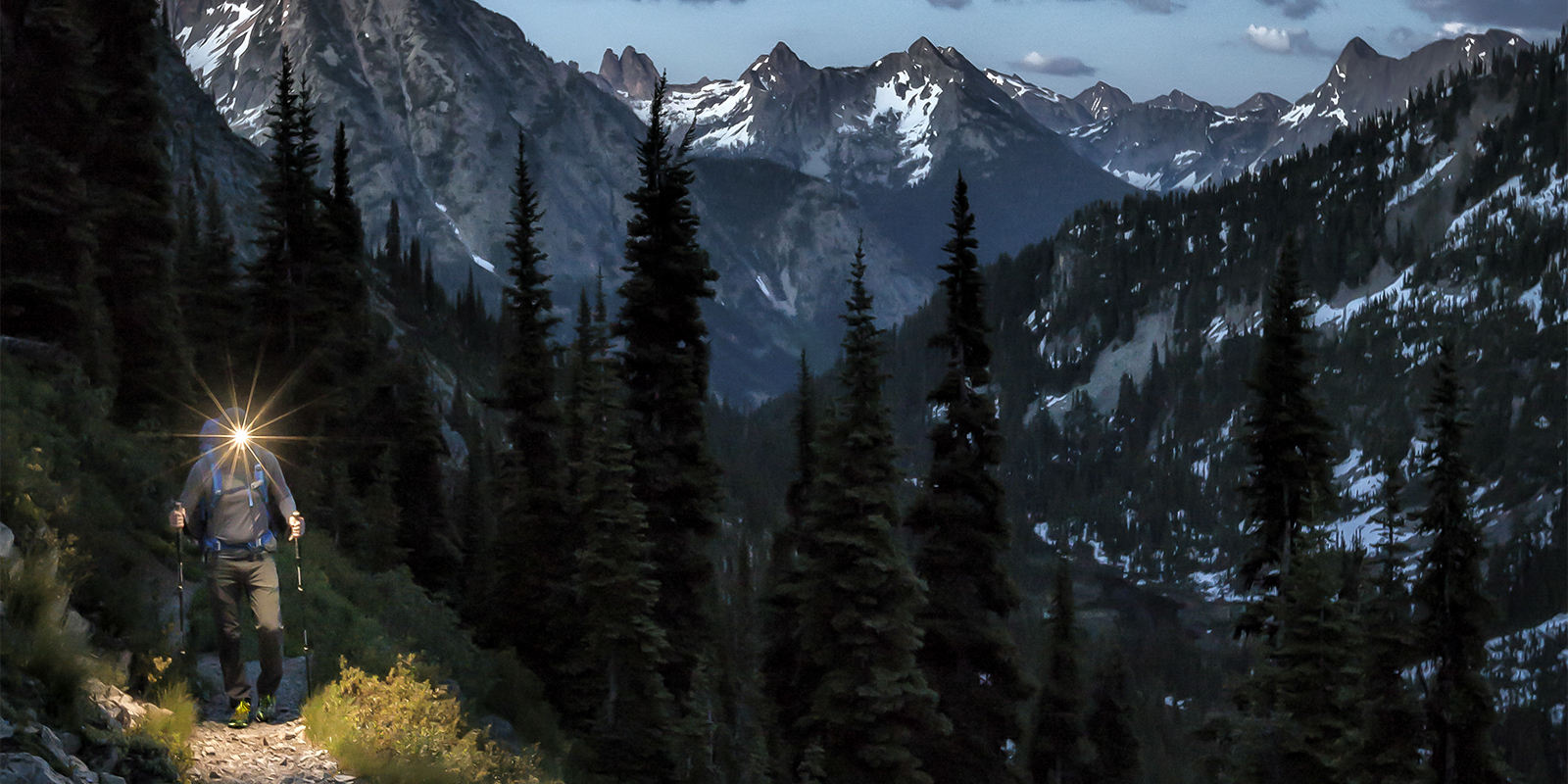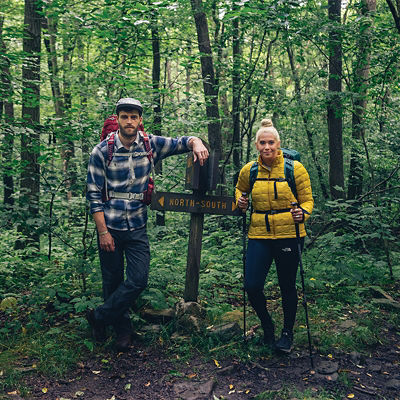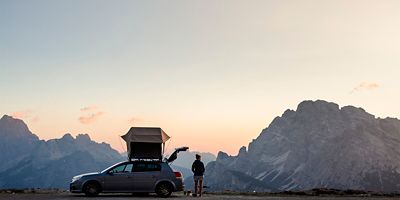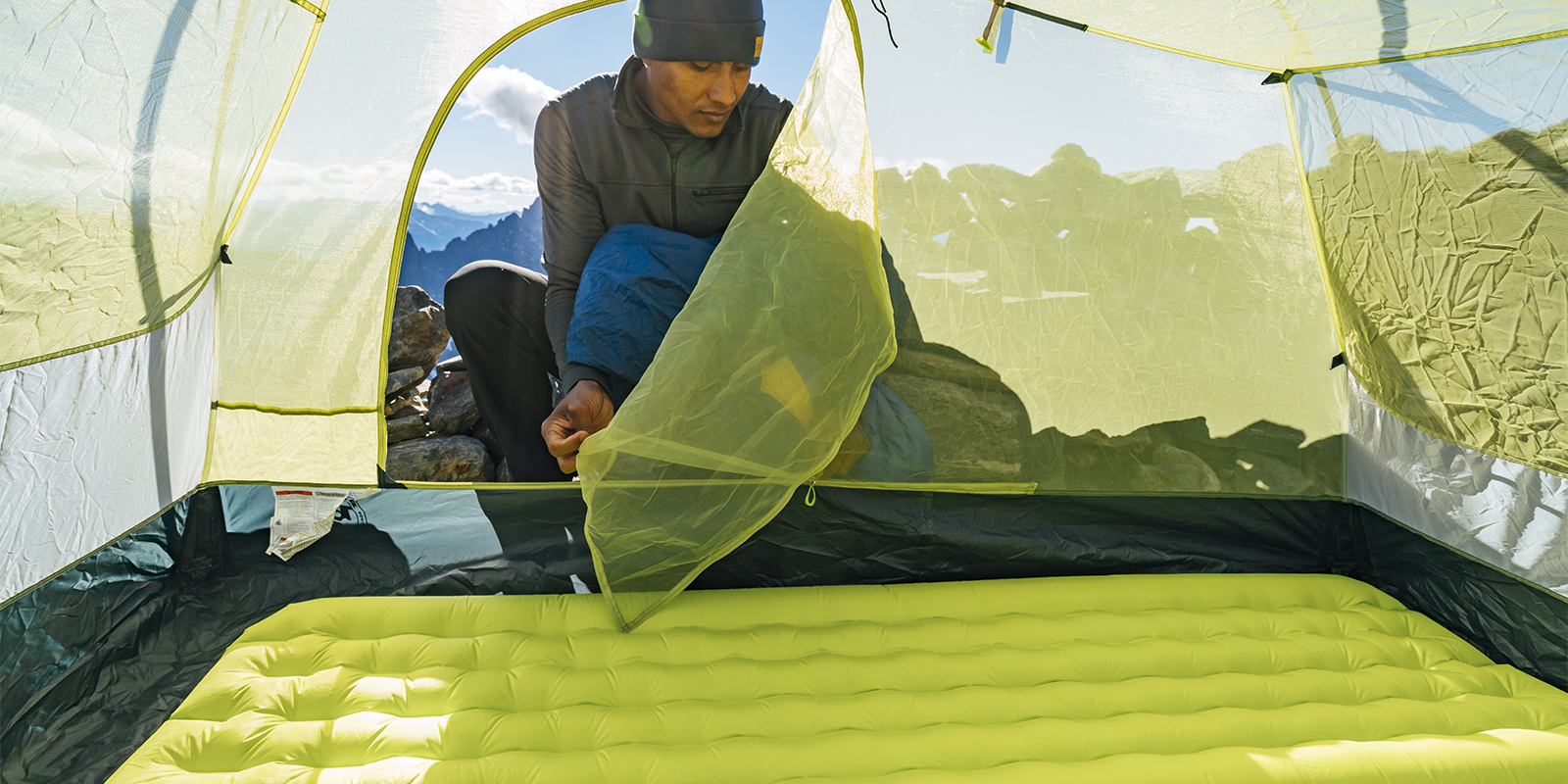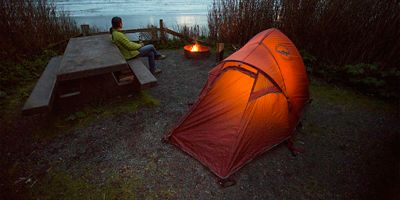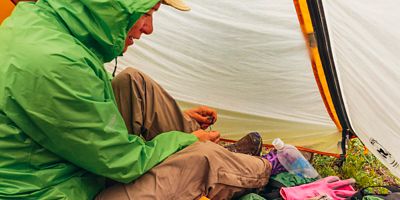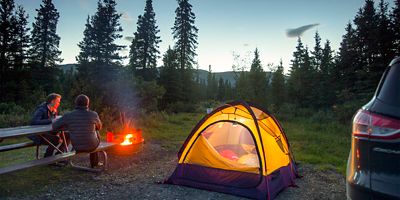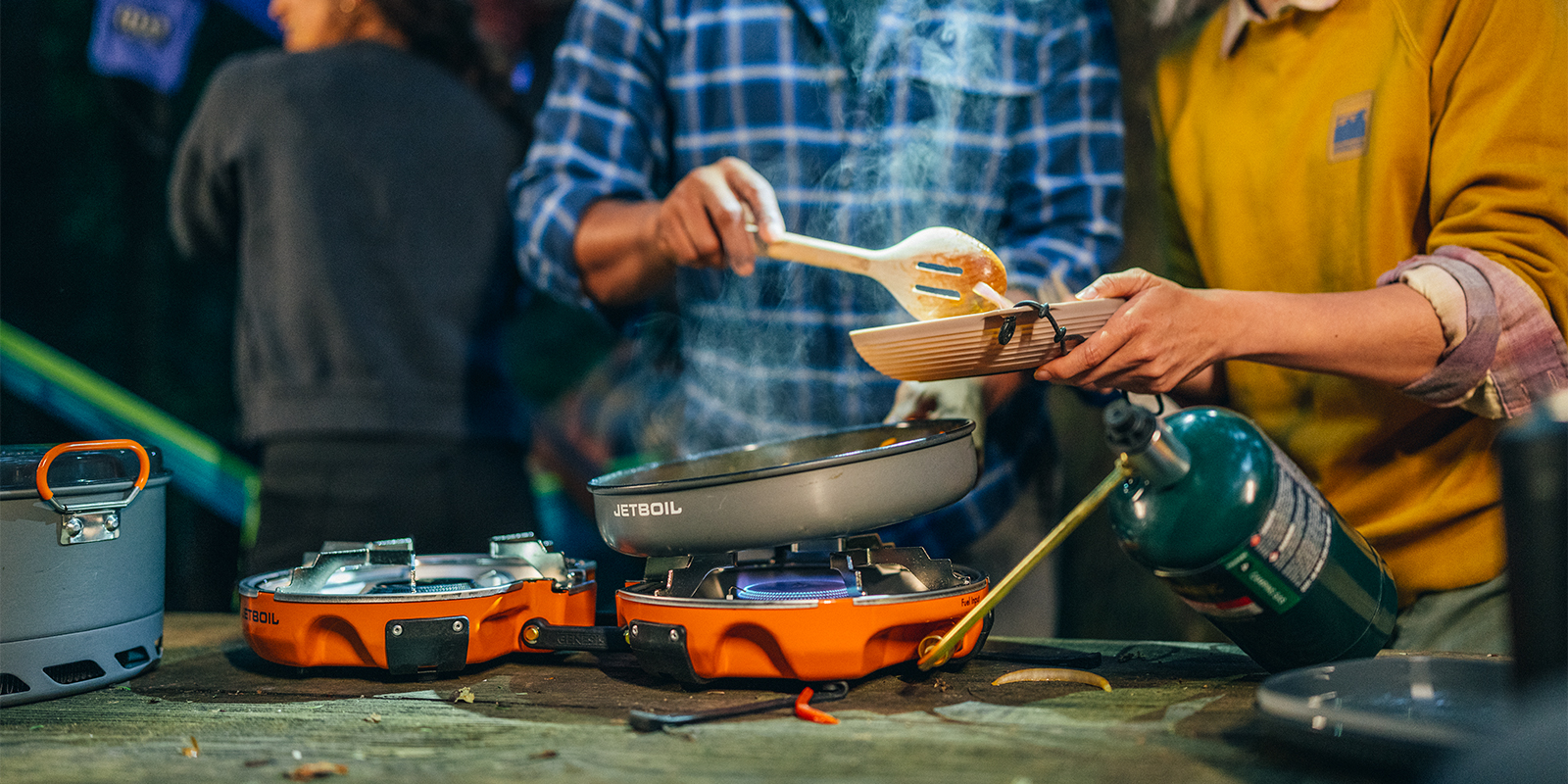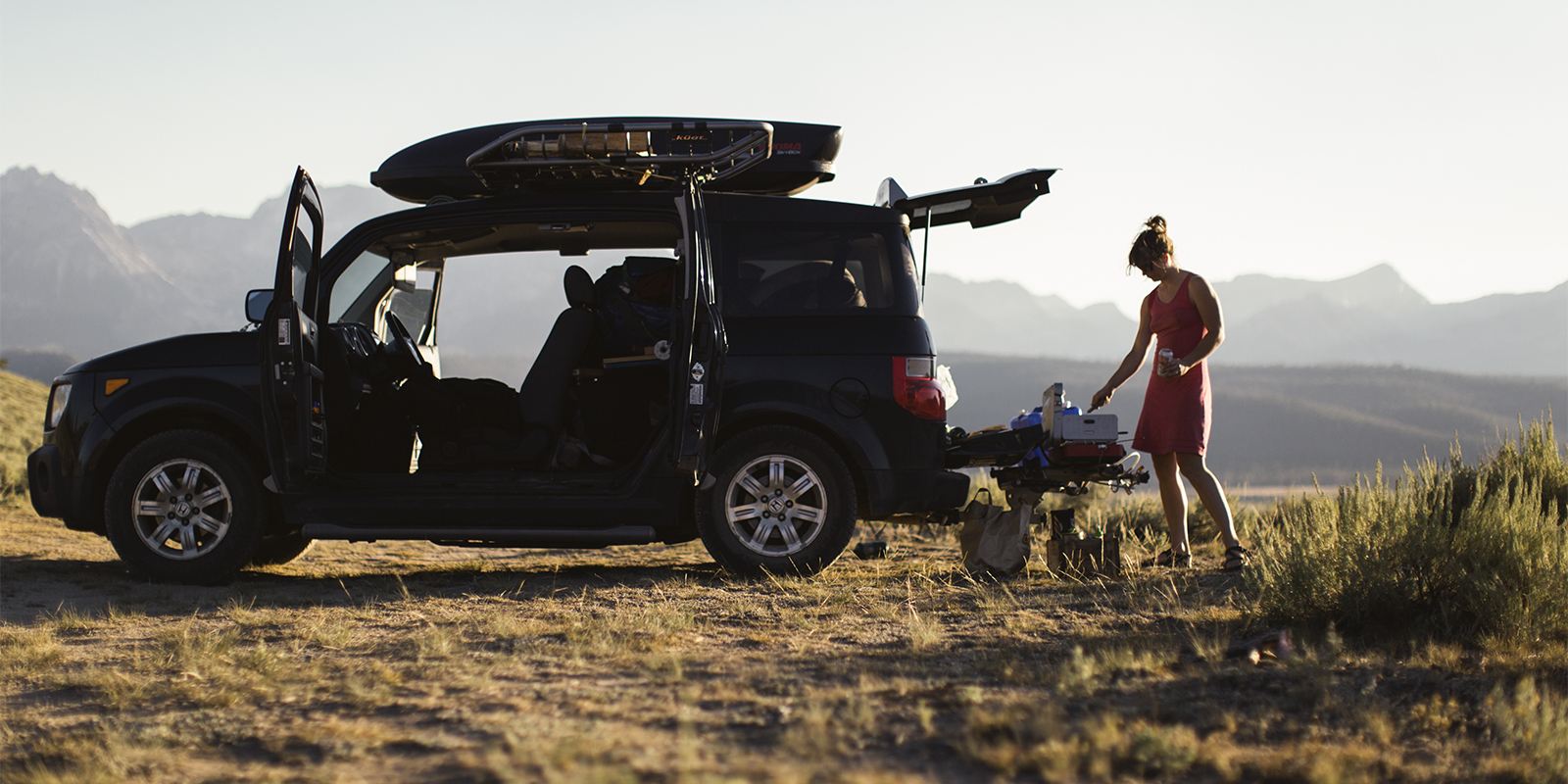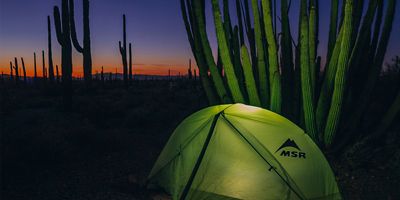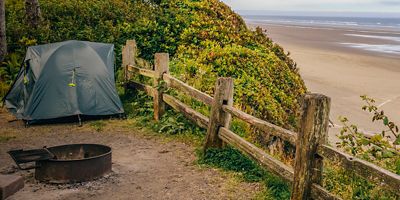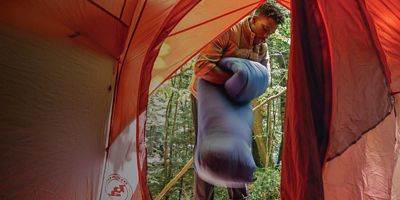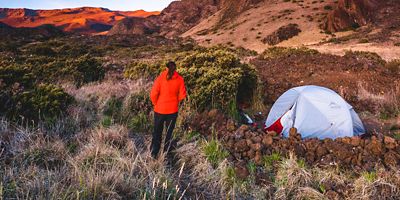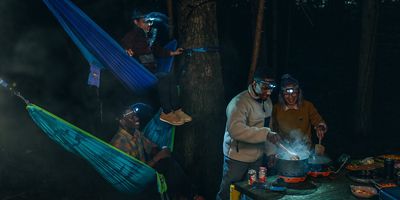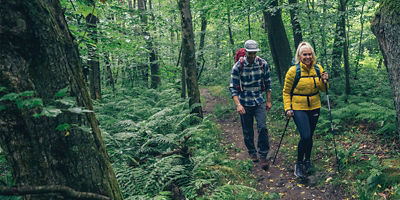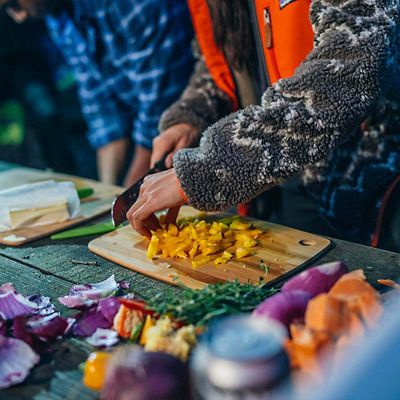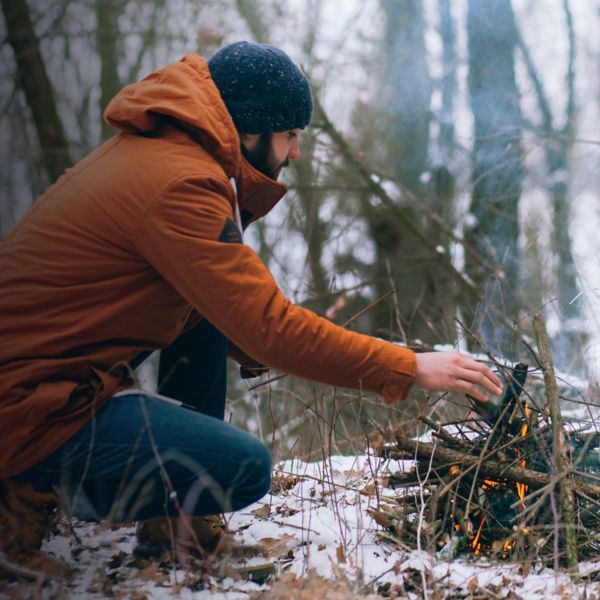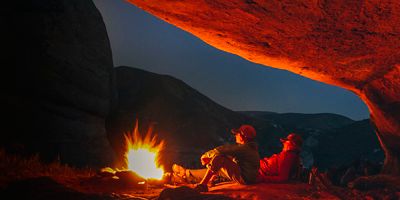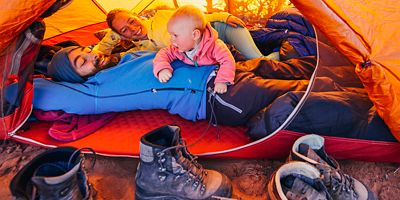For backpacking, you want a stove that’s light, compact, fast, efficient, adjustable, and durable. Oh, and affordable. That’s a lot to ask of one stove, but today’s most versatile models come close to doing it all. Others are designed to address a specific need, like performing well in winter, burning a variety of fuels, or minimizing weight. Use this guide to narrow your search.
Types of Stoves
Liquid-fuel stoves: These stoves, known for their durability and performance in cold weather and at high altitude, can last for decades. Every part can be replaced or repaired. How it works: The stove connects with a hose to a separate, pressurized fuel bottle.
- Pros: has stable supports for large pots; burns efficiently; works well in cold weather (great for melting snow); durable; cheaper fuel; versatile fuel quantities; refillable fuel bottles; compatible with multiple fuel types; flame intensity is moderately controllable
- Cons: heavier than other stoves; requires priming (pumping or pressurizing the fuel bottle and preparing the burner); requires cleaning and maintenance
Canister stoves: These are easy to use and lightweight. Simply connect one of these stoves directly to a fuel canister and start cooking. Most sit right on top of the canister. How it works: Canisters are filled with pressurized gas, so you just turn the stove on and light it.
- Pros: boils water fast; packs light and compact; little-to-no maintenance; easy to control (great at simmering); relatively affordable
- Cons: can be vulnerable to wind; performance weakens in low temperatures; more expensive fuel (due to cost of non-refillable canisters); most models are best for small pots; hard to repair; less compatible with multiple fuel types
Integrated stoves: This is a subset of canister stoves. The same process is at work (stove attached to a pressurized fuel canister), but these stoves have an integrated pot with a heat diffuser that improves speed and efficiency. How it works: The pot/stove connection maximizes efficiency and protects the flame from wind. Some integrated stoves use what’s called a radiant burner to improve performance in cold temps and maximize efficiency.
- Pros: boils fast; easy to control flame output; OK at simmering; among the more efficient stoves; compact
- Cons: not very versatile (needs an adapter to work with other pots); must purchase entire pot-stove system; hard to repair
Alcohol stoves: Minimalists will like this ultralight option. Alcohol stoves are popular among thru-hikers and anyone who counts grams. How it works: A small metal cylinder (like the bottom third of a soda can) holds a few ounces of alcohol, which acts as liquid fuel.
- Pros: cheap; ultralight; minimal maintenance
- Cons: slower to boil water (5-7 minutes per liter; about half the speed of a canister stove); can’t control the flame; vulnerable to wind; sometimes banned when fire risk is high
Biofuel stoves: Think of this as a high-tech way of cooking on a campfire; you feed in sticks or wood scraps as fuel. How it works: The design enhances airflow for efficient burning.
- Pros: eliminates the need to carry fuel; mid-range boil time (4-5 minutes for 1 liter
- Cons: bulkier than other stoves; heavier than most stoves (added weight is offset by not carrying fuel canisters); relies on organic materials in the field (fuel can be sparse or wet); can be banned when fire risk is high

